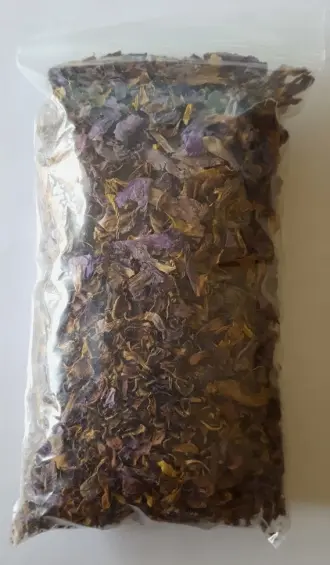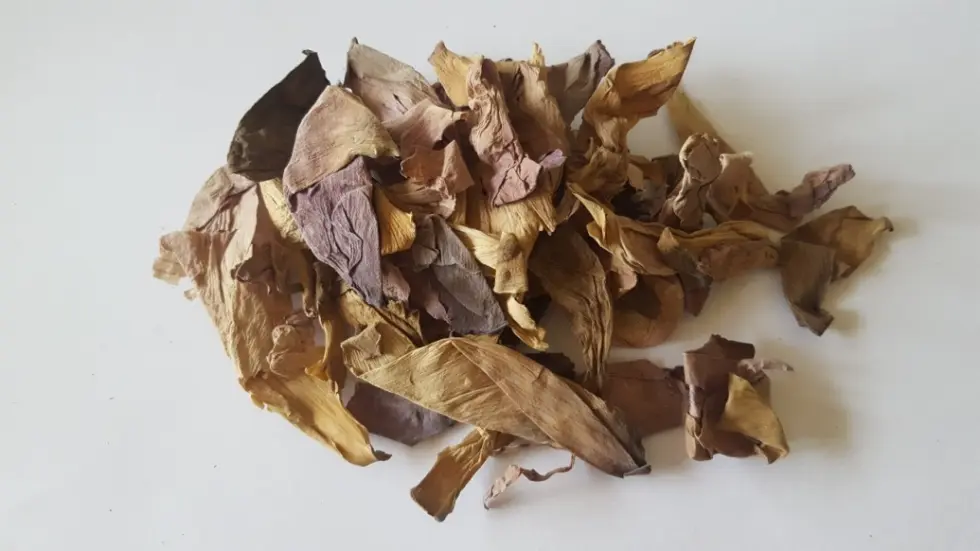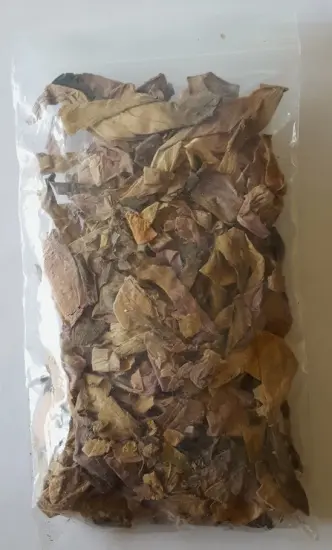Blue Lotus #
| Binomial / Botanical Name | Nymphaea Caerulea |
| Street Names | Sacred Blue Lily; Blue Egyptian Water Lily |
| Major Active Compound | Unconfirmed: Nuciferine; Aporphin |
| Indigenous Source | Egypt and East Africa |
| Form | Dried Flowers |
| RoA | Oral / Smoked |
| Personal Rating On Shulgin Scale | +* / +** |


SUBJECTIVE EXPERIENCE #
Given that it is so clearly embedded in ancient Egyptian hieroglyphs as a psychoactive sacrament, blue lotus’s place in history is hugely impressive. Only recently, however, have historians provided the focus this strange plant deserves.
Whilst it is often suggested that the plant material is best experienced via a concoction created with wine, I have always sampled it stand-alone. This is invariably my practice, with both botanicals and chemicals.
My first forays were conducted exclusively via the brewing of tea. I experimented using varying strengths, and with material obtained from a variety of sources. This approach was largely undertaken on the basis that with so many historical references, oral consumption must surely produce the required outcome.
I found that this route tended to provide a calming or sedating effect: nothing exciting but definitely there. The frequently claimed euphoric and aphrodisiacal qualities were also present, but at a very low level. Accordingly, I marked it at the time as +*, meaning that I felt its effects, but these were not particularly noteworthy.
Some time later, whilst background researching a different but related species, I noticed that smoking was occasionally cited as an alternative RoA. As a number of users claimed that this was more effective, I decided to test this method as well.
Using this approach I found that the qualities referred to above were more pronounced, and the onset was predictably instant. I gave it a rating of +** to reflect this. It provided, at least if smoked rarely, a definite relaxing and anxiolytic feel, without a lingering intoxication or hangover. Again though, there was little evidence of a psychedelic edge.
I feel that there is significantly more to explore with this plant, but I can state with absolute certainty that it is psychoactive, although a little temperamental. I fully intend to return to this at some future date.
NYMPHAEA NUCIFERA & NYMPHAEA RUBRA #
Subsequent to this investigation, I discovered that two other members of the same genus (nymphaea) were purported to be psychoactive. Accordingly, when the opportunity arose, I obtained samples and tested them.
PINK LOTUS #
| Binomial / Botanical Name | Nymphaea Nucifera |
| Street Names | Indian Lotus; Sacred Lotus; Bean of India |
| Major Active Compound | Unconfirmed: Nuciferine; Aporphin |
| Indigenous Source | Tropical Asia; Australia |
| Form | Flowers |
| RoA | Oral / Smoked |
| Personal Rating On Shulgin Scale | + / + |


Given that I found far fewer references to this during research, it wasn’t a surprise to discover that it was weaker than its more famous sister. Comments like the following (from the Shroomery forum) confirmed my own experience:
“Nymphaea Caerulea is better. They contain similar alkaloids, but Blue Lily, Nymphaea Caerulea, has more.” ~ rdnp2035
I tested it both brewed as a tea (5g) and by smoking it from a bong. The psychoactivity was there, and presented itself as a mild heady feeling with a degree of sedation, but it was relatively weak.
RED LILY #
| Binomial / Botanical Name | Nymphaea Rubra |
| Street Names | Red Water Lily |
| Major Active Compound | Unknown |
| Indigenous Source | Temperate & Tropical Asia; Australia; Papua New Guinea |
| Form | Flowers |
| RoA | Smoked |
| Personal Rating On Shulgin Scale | + |


I purchased this from a head shop in its native Australia, in a desperate attempt to overcome jet lag. Sadly, this was to no avail, as I continued to struggle.
There was some psychoactivity in play, or perhaps more accurately, a hint of psychoactivity. However, to be fair, given my condition, this was always going to be difficult to distinguish from the general lassitude and tiredness.
This was the weakest of this trio, and has the fewest online references to historical psychoactive use.